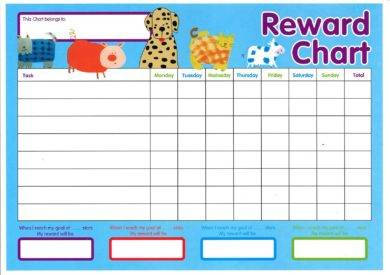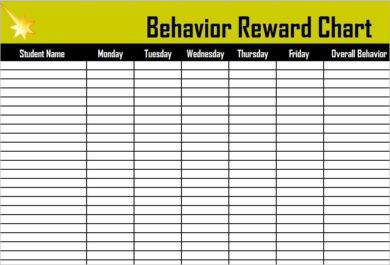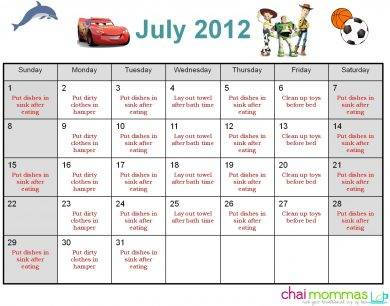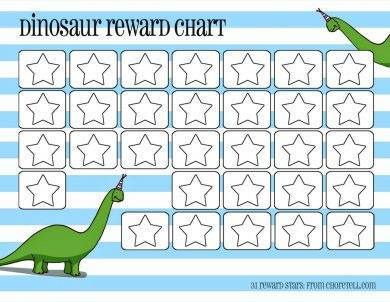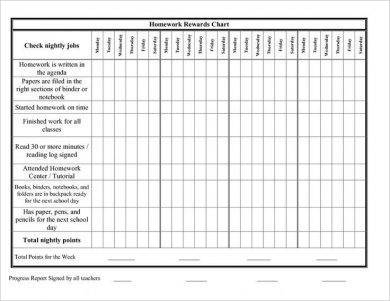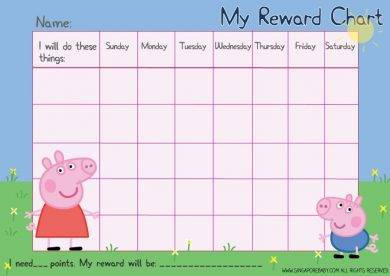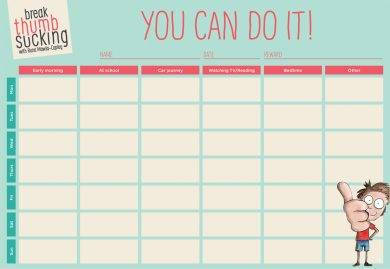8+ Reward Chart Examples to Download
Raising a child is never easy. You need to teach them the basics of walking, talking, reading, and writing, and it’s all fun and games until they start throwing fits and disobeying your house rules. This is why it’s important as parents, mentors, and guardians to provide positive attention and praise to these children for good behavior. You may also see daily chart examples.
One way to do so is through a simple reward chart. Unlike regular general chart types, a reward chart can help reinforce good behavior, and allow children to make the connection between what you’re saying and what they’ve done.
Animal Reward Chart for Kids Example
Behavior Reward Chart Example
Chores Reward Chart Example
The Purpose of Reward Charts in Child Behavior
As a child, it’s sometimes difficult to determine what’s right from wrong. You see other children, or even adults, doing certain things, and you think it’s okay.
While you can’t expect every one of us to be the perfect role models to the younger generation, the least we can do is promote good behavior. But since a child’s mind is conditioned a certain way, developing patterns and routines for a child to follow can greatly contribute to good behavior. You may also see food chart examples.
Rewards charts can come in handy, especially in helping manage your child’s behavior inside and outside your home. This will teach them how to act or behave appropriately during everyday situations. Say for example, you can create a reward chart for daily activities. You may also like comparison chart examples.
The chart may contain a list of items that pertain to an average child’s day-to-day routines, such as eating breakfast, drinking vitamins, brushing your teeth, doing household chores, taking a nap, and making bed. This will help the child learn basic practices until they can continue the cycle naturally, without the use of a behavior chart.
Many daycare centers and schools use reward charts to discipline their pupils as well. Handling over a dozen students at a time can get pretty hectic, especially when they’re too young to do things on their own. To maintain orderliness in the classroom, some teachers create reward charts to inspire their students. This will teach them proper discipline at a young age. You may also check out measurement chart examples.
Knowing that a prize is at stake will motivate the students to follow the rules and regulations being implemented. While you can expect some students to grow competitive over the others, there’s nothing wrong with a competitive behavior as long as it does not lead to anything harmful and unhealthy. This will make it a lot easier for the teacher to do her job, and this will teach students the value of respect and discipline. You might be interested in chart note examples.
So rather than scolding, yelling, or punishing a child, you can take a positive approach by reminding them how to behave correctly through the help of a simple reward chart.
Creative Reward Chart Example
Dinosaur Reward Chart Example
Family Reward Chart Example
Homework Reward Chart Example
Reward Chart Ideas to Try
There are different ways to design a reward chart. This usually varies depending on who its target audience is. Though it might be good to design the reward chart according to its intended users, such as of a particular age group or gender, it’s best to focus on the specifics instead. This includes the child’s interests and hobbies. You may also see music chart examples & samples.
For instance, if they love drawing, then you can create a dot-to-dot reward chart, where one line can be drawn as a result of good behavior, or erased for bad behavior. This may also be done through a color-by-number type of simple chart, which illustrates a full picture by the time all the spaces have been filled in.
These types of charts are great for imaginative children because of how they draw a visual representation of an object after each task is completed.
As for those who tend to get quite grumpy in the early hours of the morning, you can create a reward chart that follows a strict morning routine. You can have categories like “brush my teeth,” “put my clothes on,” and “ate my breakfast.” By the end of each day, you can clean the basic chart and give the kids a sticker for each activity completed that morning. This encourages them to fulfill each task on time for a quick and stress-free morning.
You can also design a reward chart for the entire family. This promotes cooperation between each member of the household. If someone goes against the rules, then everyone in the chart is affected. If you’re worried about causing an argument between members, then try setting some ground rules to avoid any bickering around the house. You may also like temperature chart examples.
Using a reward chart to maintain discipline and to nurture teamwork can bring the entire group closer together.
Peppa Pig Reward Chart Example
Reward Chart for Kids Example
How to Use a Reward Chart that Works
Virtue may be a good reward by itself, but it won’t hurt to throw in some stickers every once in awhile. Some parents worry that reward charts teach kids to do good only because they can get something in return, but if used wisely, a reward chart serves as a foundation for children to form long-lasting good habits on their own. You may also see metric conversion chart examples.
Providing positive reinforcement for the things that a child has trouble doing can help turn the desired behavior into a natural routine. Though it may take some time before they finally get used to it, there’s no harm in starting small.
Here’s how you can use a reward chart to get fulfilling results:
1. Keep it simple.
You can’t expect a child to transform into an obedient and intuitive angel overnight, so you need to start by focusing on one to three behaviors you’d want the child to work on. Complicated charts can be overwhelming to a child, which can then cause them to lose focus from their end goal. You may also like diet chart examples.
Since children tend to act based on what they see, you can add in a few pictures or drawings of a person performing the activities listed in the chart. This will serve as a visual guide for your kid to follow.
2. Be specific on behavior.
You need to make the behavior you’re targeting clear enough for you and your kid to grasp. Identifying specific behaviors will teach to respond in such a way that promotes kindness and respect. Say for example, instead of, “be nice,” you can say, “share your food,” or “say please.” This will train them to respond or react a certain way during particular situations. You may also check out medical chart examples.
3. Set a prize, but start small.
Prizes always build a sense of excitement among children. Think of the reward chart as a random carnival game where your chances of winning would be based on the number of points you acquire. Since some children love collecting, you can make the sticker itself a reward, or you can opt for something more interesting to keep your kid engaged. You might be interested in monthly chart examples.
However, try not to go overboard with the prizes, otherwise your child would start expecting for something bigger than what your bank statement can afford. Rather than spending on a new scooter or tablet, choose prizes that they could realistically earn by the end of a week or so. You can opt for small toys, like a stuffed animal or a coloring book, or even a day trip to the beach.
Refrain from adding candies and sugary snacks to the mix, or you may have to worry about the child skipping dinner for a bar of chocolate.
4. Be consistent.
Whenever a child behaves in a manner that you’re aiming for, don’t think twice about putting a sticker on the chart. You can also explain to the child why a sticker was added to make them aware of their actions. If you’re out of the house, you can keep a log with you, then transfer the stickers to the chart by the time you get home. You may also see price chart examples.
5. Make it positive.
You want to use the chart for positive reinforcement. So as much as possible, avoid taking out stickers for bad behavior. This will only make a child feel disappointed and less motivated for ending the day with little to no achievements. You may also like size chart examples.
As opposed to punishing the child, learn to communicate with them openly. There are a lot of things they have yet to learn as they grow up, so for now, let them understand why certain actions are unacceptable and why there is a need for change. You may also check out blood chart examples.
6. Let it phase out.
Naturally, you can’t use the chart forever. The child will eventually learn to practice good behavior without expecting anything in exchange for it. You’d want to make it a gradual process of adjusting and learning.
After a month or two, or at least when the child has mastered the desired behavior, you can shift the chart to something new. Tell your kid how proud you are and add in a few reminders to let them know that such behavior should be practiced even without the chart anymore. You might be interested in organizational chart examples.
At some point, you’re going to need to phase it out completely so that the child will learn to be independent and responsible for their own actions.
Things to Remember When Using a Reward Chart
When introducing a reward chart for kids, you need to explain to the child what the chart is for and why such issues must be addressed in the first place. Allow the child to negotiate which of the top five behaviors to prioritize. You also need to let the child understand how the whole process works. So if an activity is performed successfully, a star, a check mark, or a sticker will be placed on the chart.
You can let the child do this step to provide a sense of ownership, achievement, and satisfaction. By the end of the week or day, you can reward the child based on the number of stars obtained for the specified period of time. You may also see growth chart examples.
They may not be too fond about the whole idea at first, but with consistency and cooperation, it’ll soon turn into a habit they won’t mind doing.
Reward charts are beneficial in a variety of ways. Although these standard charts sound like too much hard work to begin with, they can be a fun and fruitful experience for you and your child to share. This can teach them good manners for a healthy and productive upbringing. And if conducted correctly, the impact of the reward system will soon be apparent in your child’s behavior over time.



